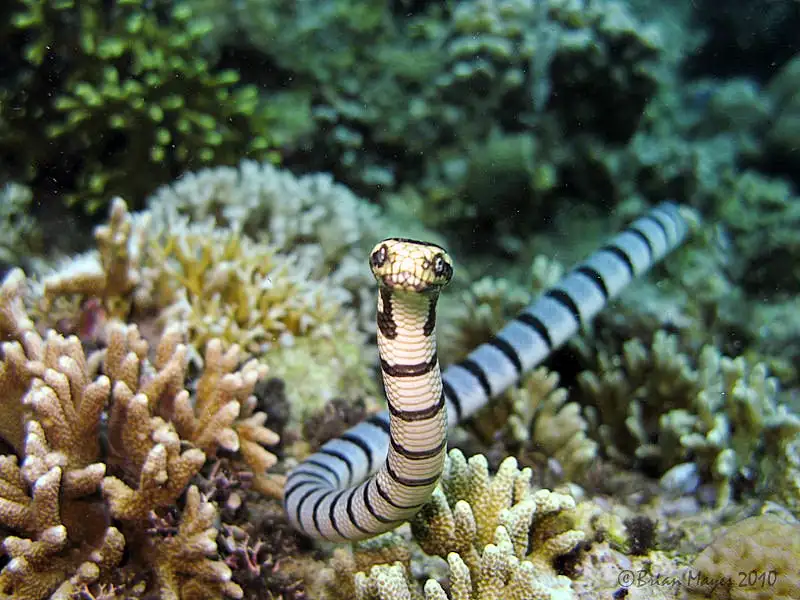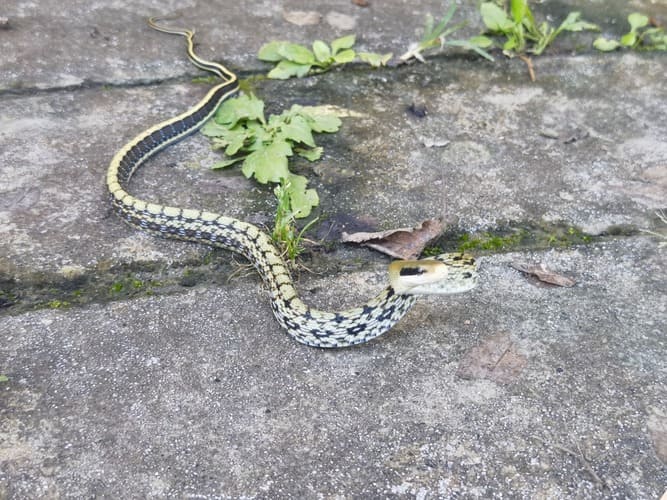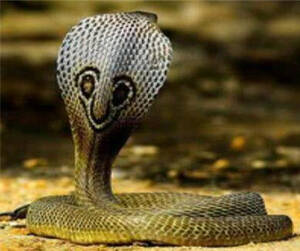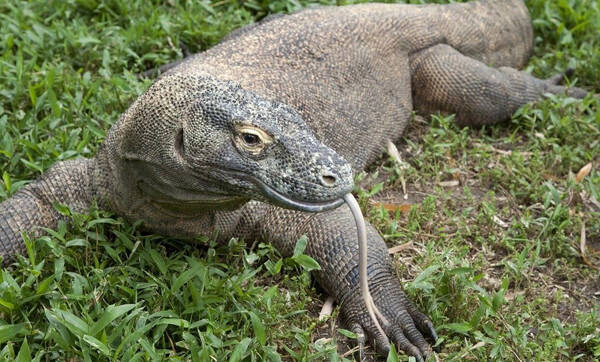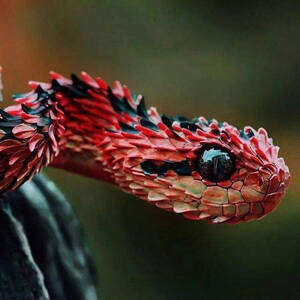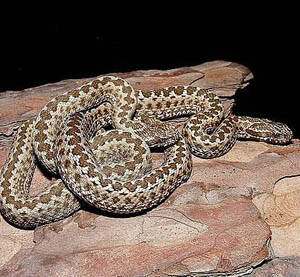Elaphe perlacea
IUCN
LCBasic Information
Scientific classification
- name:Elaphe perlacea
- Scientific Name:Elaphe perlacea,Euprepiophis perlacea,Elegant female snake, horizontal striped jade snake, horizontal striped jade snake
- Outline:Squamata
- Family:Colubridae Elaphe
Vital signs
- length:About 100 cm
- Weight:800-1000g
- lifetime:No verification information
Feature
It is gentle and non-venomous, and is known as the most beautiful non-venomous snake.
Distribution and Habitat
The Elaphe dione is currently only known to be distributed in the Ya'an, Wenchuan and Luding mountainous areas in western Sichuan, China.
Appearance
7 scales on the upper lip, 2-2-3; 1 cheek scale; 1 scale in front of the eyes, 2 scales behind the eyes; 1+2 temporal scales. 19 rows of dorsal scales, several rows in the middle of the back are clearly ridged; several rows of dorsal scales are smooth on both sides of the back of the neck and the middle of the body, and ridged in front of the anus and the tail; 229 ventral scales; 69 pairs of subcaudal scales; anal scales are divided. The total length is about 1150mm. The back of the body is dark brown; the sides and the belly are lead-colored; there are many narrow black horizontal stripes with white edges from the back of the neck to the tail, and an oval ring is formed between each two horizontal stripes, about 37 on the body; there are 2 black horizontal stripes and 1 "∧"-shaped stripe on the back of the head; there are black spots from behind the eyes to the front of the corners of the mouth.
Details
The Latin name of the Elaphe perlacea is Elaphe perlacea, which is a specialty animal in western Sichuan, China.
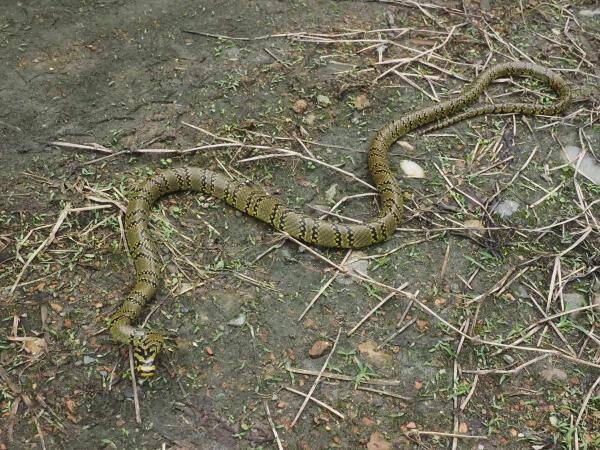
The Elaphe perlacea mainly preys on lizards and rodents. It is oviparous and non-toxic.
In 1929, American scholar Stejneger.L first discovered this snake in Ya'an, Sichuan, China, captured a male snake, and took its specimen to the United States. Since then, people have not found this snake again for decades, and even doubted whether it existed. Over the past century, the number of Elaphe hordei found has not exceeded 30, and its identification as an independent species has been controversial due to its small number. In May 2021, the Forest Resources Protection Section of Hongya County State-owned Forest Farm and Tuanbaoshan Management Station jointly carried out wildlife protection patrols and found the national Class II protected snake-Elaphe hordei in the Walnut Ping area. This is the second discovery in the Hongya area in nearly a hundred years since records began in 1929.
That year, the research team led by Ding Li and collaborators from China West Normal University and Sichuan Academy of Forestry began to breed Elaphe hortensis. After three years of careful breeding, Ding Li finally figured out their habits. Snakes generally take three years to reach sexual maturity, and the team he led overcame the difficulty of breeding Elaphe hortensis. The first batch of snake eggs hatched successfully, announcing to the world that China has successfully bred the most beautiful snakes in the world.
Listed in the "National List of Terrestrial Wildlife with Important Economic and Scientific Research Value" issued by the State Forestry Administration of China on August 1, 2000.
Listed in the second level of the "National List of Key Protected Wildlife in China".
Protect wild animals and stop eating game.
Maintaining ecological balance is everyone's responsibility!

